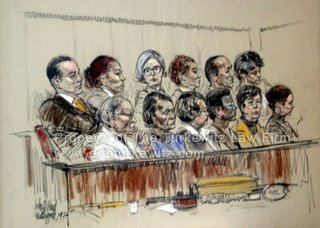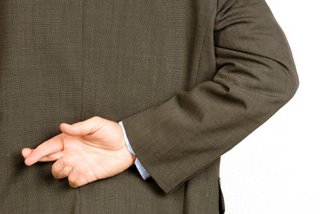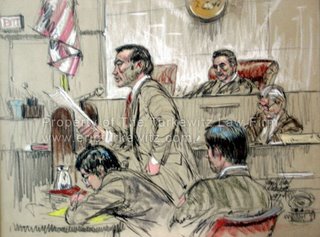The jury came back quickly. And that is usually bad news for the plaintiff. Fast verdicts usually mean the plaintiff lost on liability, so there was no need to discuss damages. That is what most people, who have stood in the well of the courtroom, would conclude.
But this week in the Bronx it was wrong. When the jury sent back the note that they had reached a verdict, the defendant revealed it was pulling a $750,000 offer off the table. And the verdict was $3,500,000.
After hearing the story through the grapevine, I contacted plaintiff’s counsel Peter DeFilippis. And he gave me the inside story of this case that had appeared as the lede in an article in the New York Post in 2004, regarding patients being hurt by hospitals understaffing nurses: Plaintiff Loric Stothart nearly lost his left foot after it was burned in the hospital by a post surgical compression/heating boot. He pressed the help button for nearly 20 minutes before a nurse arrived and the device was finally cut-off of him. After several skin grafts and a vein transplant he now walks with a cane. His expert testified that the use of this device was contraindicated for this patient in the first place.
According to DeFilippis, his trial man on the scene, Conrad Jordan, relayed that the note came back from the jury. Jordan wanted to make sure he knew exactly what was, or was not, on the table, and asked for the note to be held while this was firmed up and a final decision could be made. It was at that point, with a note in the hands of the court saying a verdict had been reached, that the defendant announced the offer was being pulled.
There are some who think that trial lawyers, for the most part, file suits and get paid quickly, doing little work. It’s an “easy money” theme that runs through some members of the press and commentariat.
But that isn’t how life or the law works. I’ve yet to meet a defense lawyer or insurance adjuster who believed that they were potted plants that were supposed to sit still while a plaintiff makes claims. They fight, fight hard, and have the enormous financial backing of multi-billion dollar insurance companies to make big bets (like pulling offers when the jury is coming back) and take risks that mere mortals are unable to handle. Plaintiffs’s attorneys, by contrast, foot the bill for often tens of thousands of dollars out of their own pockets based on the belief that a rational jury will act rationally and compensate the injured, and that they will get paid back and earn a fee.
I have to imagine that, when the 750K offer was pulled in this case, that the plaintiff’s heart sunk to the floor. Unless the plaintiff was independently wealthy, this was likely a financial gamble unlike any he had seen in his life.
I’ve settled several cases while the jury was out. It’s a tough spot to be for individuals as they are asked to make what might be life-altering decisions right there on the spot. And they must do so through the prism of injury and heartbreak that brought them to that point.
Want to know half the game of being a trial lawyer? Stress. With the pad by the bedside at night, we lay awake thinking of the questions we should ask, or failed to ask. Not because we want to lay awake thinking about it, but because the brain won’t shut itself down. And we hope in the end we’ve made the right judgments so that our clients can have some degree of piece of mind. And we go through the trial, and sometimes the settlement negotiations, walking a high wire without a net to catch us if we’re wrong.
And when all is said and done, someone with no knowledge of how the law works will trash talk the lawyers, fantasizing that it’s some easy little game where insurance companies just throw money at you.



